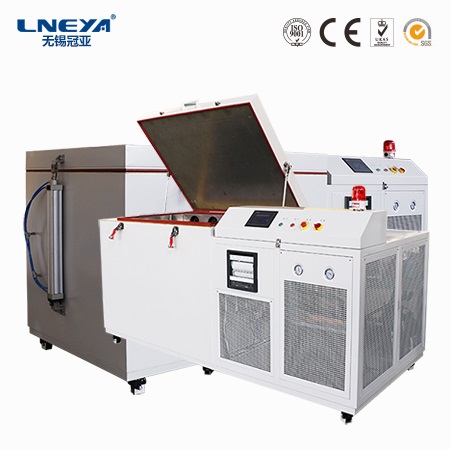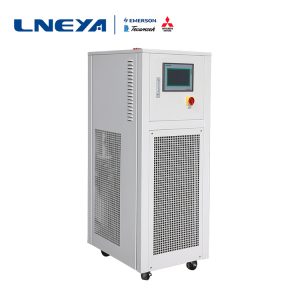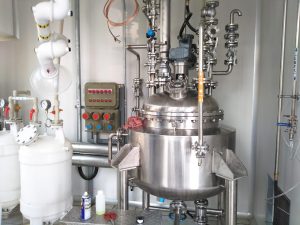-20 ° C freezer manufacturers choose what to look at the evaporator?
In the process of producing industrial freezer, the selection of a suitable evaporator is also very important for the freezer, because the choice of suitable evaporator is better for better operation of the -20 °C freezer.
The evaporator is generally equipped with a -20 °C freezer, and the user does not have to choose. However, in order to better maintain the refrigeration system and ensure its efficient operation, some factors should be noted. Due to the influence of the height of the refrigerant liquid column of the -20 °C freezer manufacturer, the evaporation temperature at the bottom of the full liquid evaporator is higher than the evaporation temperature of the liquid surface. Different refrigerants have different effects on the evaporating temperature of different liquid levels due to the height of the hydrostatic fluid. Regardless of the refrigerant, the lower the evaporation temperature of the liquid surface, the greater the effect of the hydrostatic height on the evaporation temperature. Therefore, the effect of the hydrostatic height on the evaporation temperature can be ignored only when the evaporation pressure is high. When the evaporation temperature is low, it cannot be ignored. That is to say, it is uneconomical to use a full liquid evaporator at this time.
If the -20 ° C freezer evaporating temperature is lower than the brine solidification temperature, the brine may freeze. In one process of the brine, the temperature of the brine is low and the possibility of freezing is relatively large. When water is used as the brine, it is theoretically possible that the inner wall temperature of the tube can be as low as 0 °C. However, for safety reasons, the inner wall temperature of the tube at the outlet end of a process is usually maintained above 0.5 °C. In the case of brine as a coolant, according to the same principle, the inner wall temperature of the pipe should be higher than the solidification temperature of the brine by more than 1 °C.
When the -20 °C freezer refrigerant flows through the evaporator, the pressure loss is caused, and the pressure p2 of the refrigerant at the outlet of the evaporator is inevitably lower than the pressure p1 at the inlet, thereby lowering the suction pressure of the compressor, resulting in a decrease in the refrigeration capacity. According to different models, the choice of evaporator is different, such as box type freezer, using water tank coil evaporator; open type freezer and screw type freezer, use shell and tube evaporator; Acid-base freezer, you can choose titanium tube evaporator or stainless steel plate exchanger, of course, can be customized according to user needs.
In general, manufacturers have certain principles in selecting evaporators. Basically, brand evaporators are one of the manufacturers’ choices.

Related recommendations
-
Storage tank cooling refrigeration chiller
874Tank cooling chiller is a device specifically used to cool materials in a tank to ensure that the materials in the tank are stored within a suitable temperature range to maintain the quality and performance of the materials. This type of c...
View details -
High temperature test equipment related troubleshooting
1124The high temperature test equipment is mostly caused by water shortage in the water circulation. This way, the purified water is replenished to the water tank until the water level meter on the lower right side of the water tank reaches about 80% ...
View details -
Operating Instructions For the Low Temperature Test Chamber
1156The low temperature test chamber is a necessary test equipment in aviation, automobile, household appliances, scientific research and other fields. It is used to test and determine the parameters and performance of electrical, electronic and other...
View details -
Effect of cooling and heating temperature cycle during emulsification
1626Emulsification is the effect of a liquid in which even tiny droplets are evenly dispersed in another liquid that is incompatible with each other. Emulsification is a liquid-liquid interface phenomenon. Two immiscible liquids, such as oil and water...
View details
 LNEYA Industrial Chillers Manufacturer Supplier
LNEYA Industrial Chillers Manufacturer Supplier












